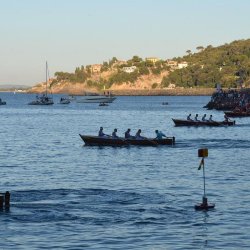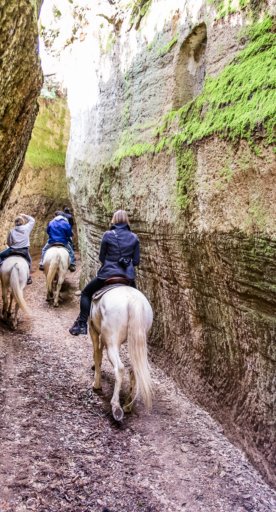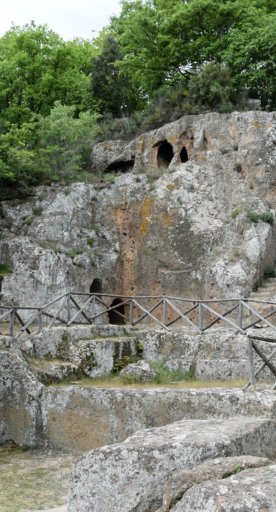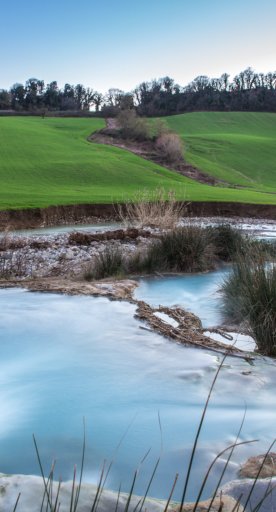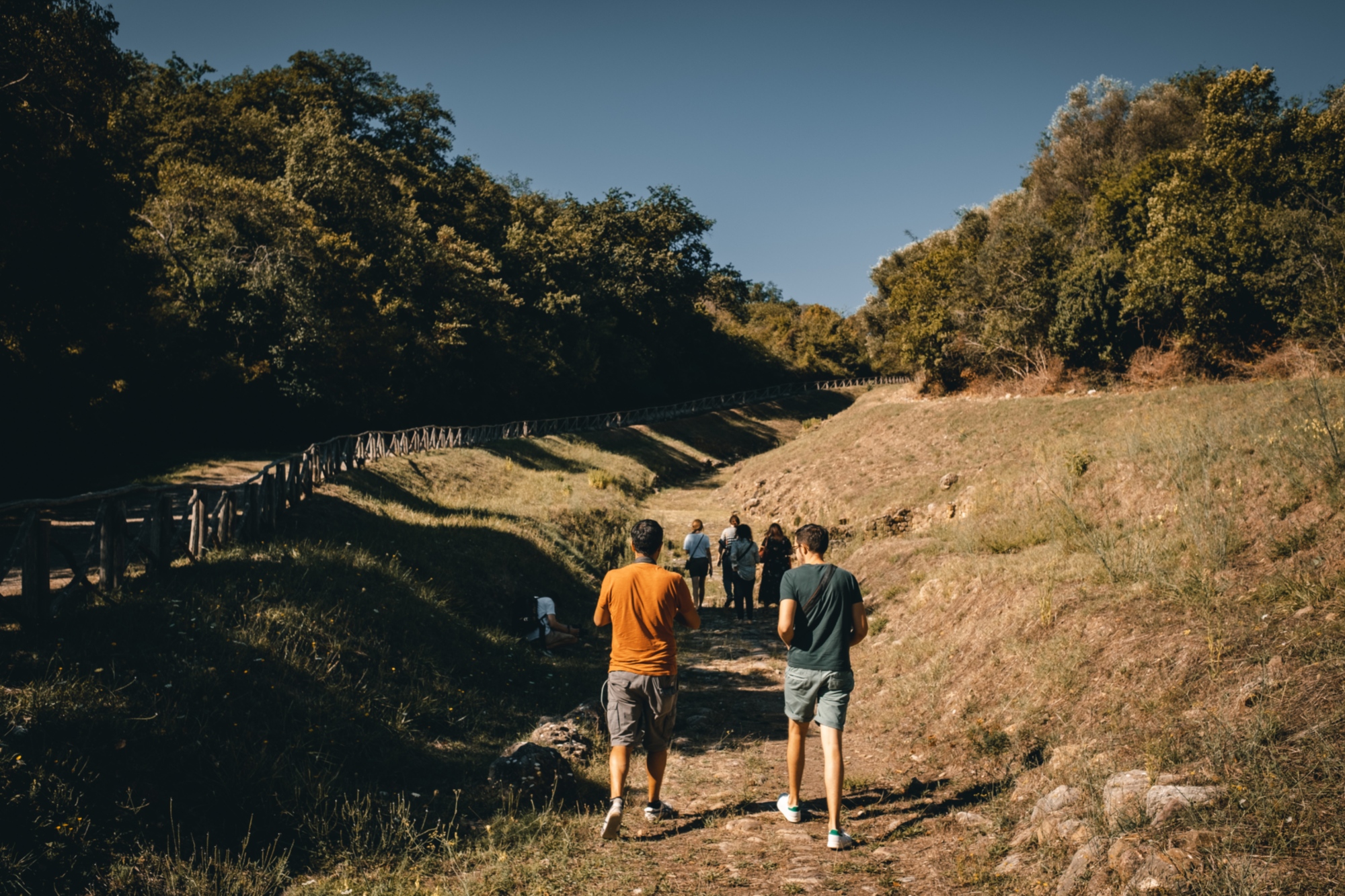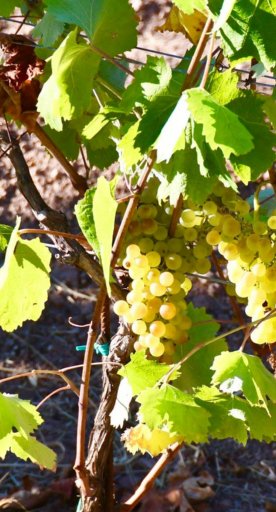My hike through Maremma Natural Park
Discovering the history, flora and fauna of the Italy's most varied and distinctive natural park
Italy is famed for its beaches, but few spots boast miles of pristine beaches without the clustering masses. Maremma Natural Park, however, is just that. Acclaimed as Italy’s most varied and distinctive natural park, Maremma is the ideal place for a hike through history, which also follows along the unspoiled coastline.
-
1.Trekking in Maremma Natural Park
-
2.Flora, Fauna and the gastronomic pleasures
Trekking in Maremma Natural Park
From the visitor’s center, we began by riding the shuttle bus up the steep hill. At 17,000 total hectares, Tuscany’s largest natural park, it helps to get a moving start. And per park rules, you can only move on foot and on the trail. A measure that helps preserve Maremma’s rustic appeal.
On arrival, we ducked under the shady Mediterranean trees. From here, the guide took over giving us a thorough introduction to the region’s history and flora and fauna.



Our trekking path was simple and immensely rewarding. From the start, we hiked from one historic watchtower to another until we climbed down to reach the sea. It’s a leisurely itinerary that gives the dual benefit of a sweeping overlook of the park and the nearby isles of Elba, Montecristo and Giglio. And after arriving in ferry from Elba Island the previous day, it’s surreal to steal glimpses of the not-so-far-off isle.
Flora, Fauna and the gastronomic pleasures

Before we made our way down to the beach, our ultimate destination, our tour guide pointed out the bounty of the microcosm that surrounded us: aromatic Mediterranean scrub, historic olive groves, chestnut trees and pines. While we didn’t see any local cattle grazing, nor flocks of migratory birds stopping over, we did catch a glimpse of Tuscany’s local deer.
Just inland, we returned to sample the gastronomic pleasures of the Maremma region. The park’s diversity is a testament to the area’s culinary delights. The smattering of local wines, olive oils, honey, cured meats and cheeses to taste was the perfect end to the hike and my introductory to Tuscany.







